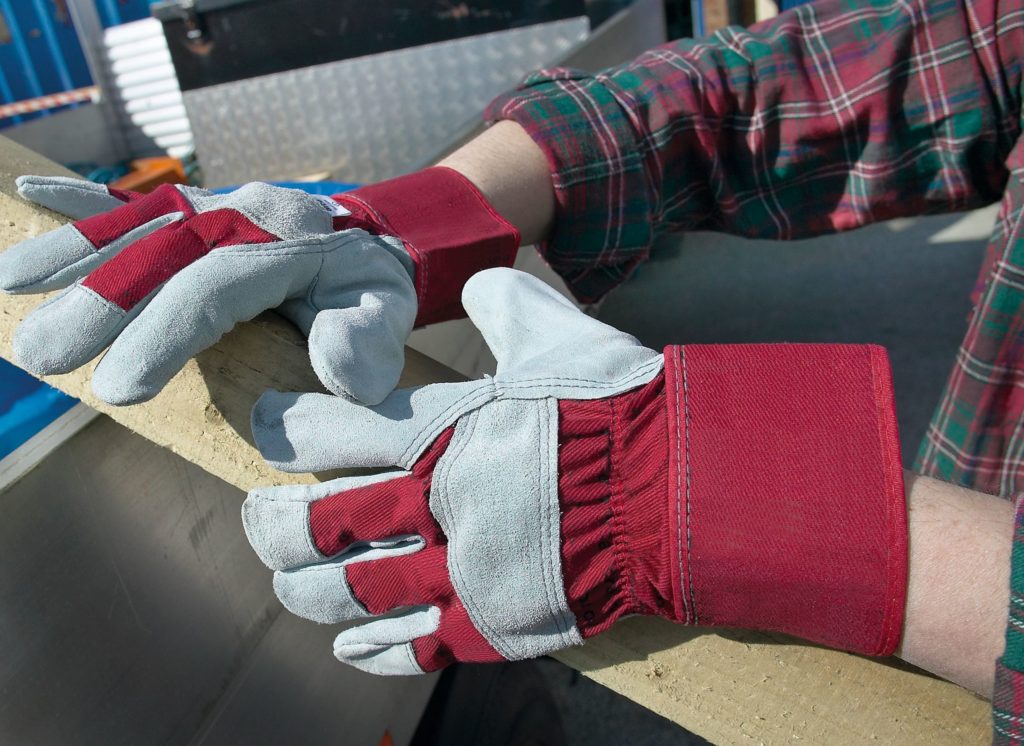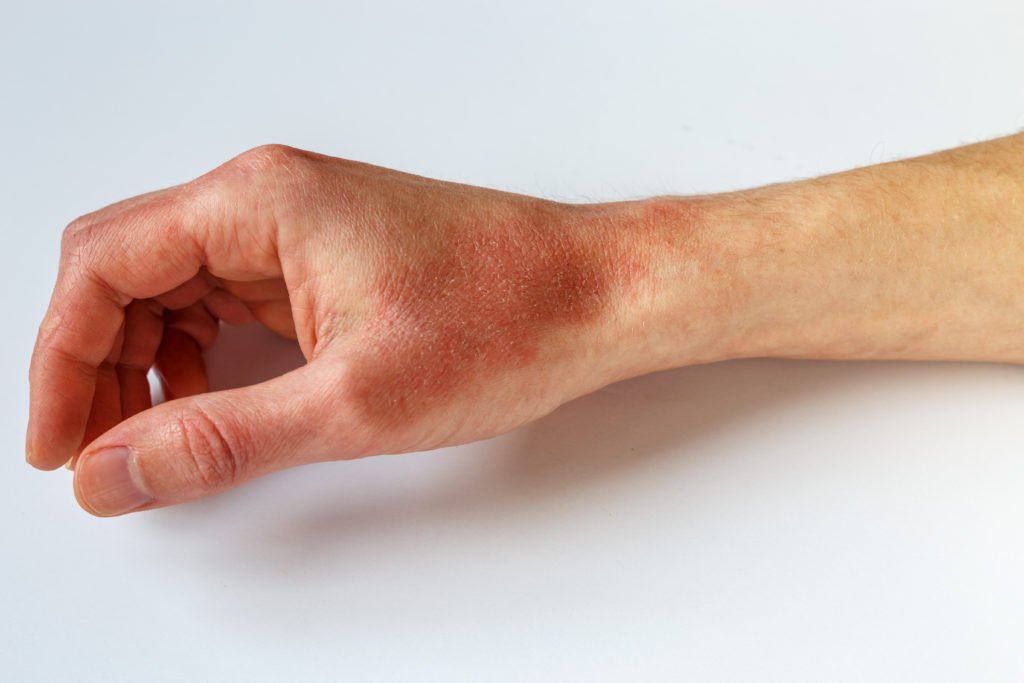Safety gloves
Workplace safety: Critical safety issues with safety gloves
The UK leads the way in workplace safety. And our regulations and management of workplace health and safety have been the envy of many industrial countries. But there are weaknesses in the system, particularly when it comes to standards of Personal Protective Equipment (PPE), the last line of defence for most employees.
Whether individuals are working at height, in confined spaces or on the factory floor, lives may depend on the quality of the PPE they are required to wear. The supply of high quality and reliable products should always be the number one consideration when sourcing and purchasing all types of PPE.
However, this enviable reputation is at risk. Recent findings have indicated that despite PPE having the required EC type approval and CE mark, some products that employers would rightly assume to be safe, may not actually be fit for purpose.

Non-compliant PPE products
Nearly three years ago Arco began to raise awareness of the issue of non-compliant products in the marketplace, as a result of due diligence testing in its own product assurance facility at its headquarters in Hull. The initial tests showed a high fail rate for non-metallic footwear toe caps, as well as midsole steel protection.
When Arco then went on to look more closely at leather gloves, they found examples that contained illegal levels of carcinogenic chemicals including Azo dye and Chromium VI, based on the requirements of EN420:2003 and REACH regulations.
Arco raised the issue with the British Safety Industry Federation (BSIF) which then wrote to its members saying: ‘This situation poses an obvious risk to end users, and is a timely reminder that only relying on CE certification for certain product types is no guarantee of ongoing quality assurance.’
In regard to the leather glove findings, having notified its members, the BSIF went on to raise awareness of the issues with Trading Standards and as a result, port of entry checks were introduced as a way of preventing non-compliant products from entering the UK marketplace. However, independent testing initiated by Arco on leather gloves widely available in the marketplace, has revealed illegal levels of Azo dye and Chromium VI that exceed the limits set by the relevant standard. This is despite the fact that all the gloves tested carried the CE mark approval.
What are the dangers of Azo dye and Chromium VI?
Both Azo dye and Chromium VI are restricted in the EU, due to the known harmful effects they may have to human health. Azo dyes are commonly used as a colourant in a range of textiles and leather gloves. Some of the dyes within the Azo family breakdown to form aromatic amines, which are carcinogenic. Dyed textiles or leathers that are in direct or prolonged contact with the skin should be tested for these aromatic amines, to ensure that the products meet the requirements of the required standard.
Chromium salts are used in the leather tanning process and can exist in different states two of which are known as Chromium III and Chromium VI. In finished leather, it is usually present as Chromium III, however, it is possible that during the tanning process or under certain storage conditions, small amounts of Chromium III may be oxidised to Chromium VI. Chromium VI compounds pose a health hazard as exposure through wearing leather gloves is may pose a risk of skin irritation or allergic reaction.

The regulations and standards
The requirement for the control of Chromium VI is specifically detailed within the British and European standard BS EN 420:2003 + A1:2009 for protective gloves. Additionally, both Chromium VI and banned Azo dyes should meet the requirements of Regulation (EC) No 1907/2006 REACH, and therefore the innocuousness requirements of the PPE Directive.
Procedural weaknesses
Nearly three years on from Arco’s initial market surveillance testing, non-compliant and potentially dangerous PPE equipment is still entering the UK marketplace. The issue appears to lie with a procedural weakness within the EC type approval and the CE marking processes. Products may be tested and meet the required standard at the time but subsequently manufacturing processes may change and components or key ingredients altered resulting in the product potentially no longer being safe. There is no independent requirement on manufacturers to carry out ongoing sample or batch testing on Cat 1 or Cat 2 products to ensure that standards are maintained throughout the life of the product. In the case of leather gloves, there is a potential for exposure to harmful, even carcinogenic, hazards. In other products, such as safety footwear, users are at risk of life changing injuries.
Arco has already put in place appropriate measures for raw material and end product testing at source, to ensure leather used in its own brand gloves are completely safe for the end user. Whilst other suppliers in the market claim to supply products that comply with current standards and carry the CE mark, Arco has developed a 5-stage product assurance process that ensures product compliance, customer safety and the company’s reputation as a creditable supplier.
Keeping workers safe – no room for doubt
Armed with these alarming results Arco has embarked on a dedicated campaign to raise awareness of the potential risks to anyone using and relying on PPE and the CE mark.
This is especially important given that some of the substandard products are available on the market meaning in some cases employers are being falsely assured that the products they are buying are meeting necessary standards. Consequently, it can be extremely difficult for those buying PPE to identify true product compliance.
The responsibility falls to the manufacturer, importer or distributor who may not have the processes in place to ensure regular testing. Anyone who has concerns over the safety of the equipment they are being supplied should:
- Ask suppliers for a declaration of conformity that shows original certification for the PPE they are purchasing.
- Ask suppliers to define their process for sample testing to ensure safety products continue to meet the required standards.
- Ensure suppliers are members of the BSIF Registered Safety Supplier Scheme.
- Ask suppliers to define their process of quality assurance at the manufacturing facility to ensure the products are being manufactured as they were originally certified.
- Always buy from a trusted source.
Take action
Arco believes it is time for change and action. While discussions are taking place with the Government, Trading Standards and organisations such as the BSIF, Arco believes reputable suppliers and customers must lead the way by demanding proof that critical standards are being met.
When lives are at stake – there is no room for doubt.
For further reading you might be interested in SHP’s Complete guide to Personal Protective Equipment.
Workplace safety: Critical safety issues with safety gloves
The UK leads the way in workplace safety. And our regulations and management of workplace health and safety have been
Safety & Health Practitioner
SHP - Health and Safety News, Legislation, PPE, CPD and Resources Related Topics
Future-proofing safety: Five trends shaping the PPE landscape of tomorrow
Arco backs SHP campaign for PPE inclusivity
‘My feet slid around and my legs hurt from gripping my toes’: Jane Middleton on ill-fitting PPE



The same situation exists with machines. Machines are being bought in this country with CE marks but have obvious safety flaws and non-compliance with the relevant standards. End users, who will bear the brunt of nearly all enforcement action, are putting machines into use which although CE marked, are not as safe as they could be.